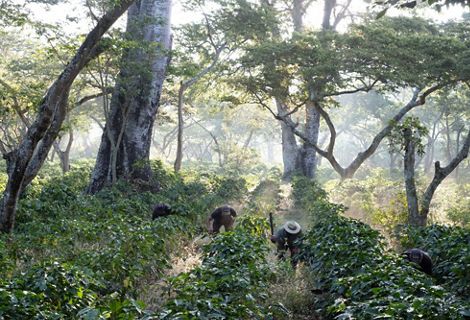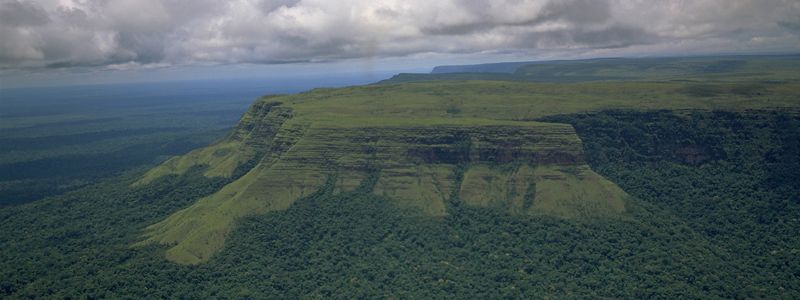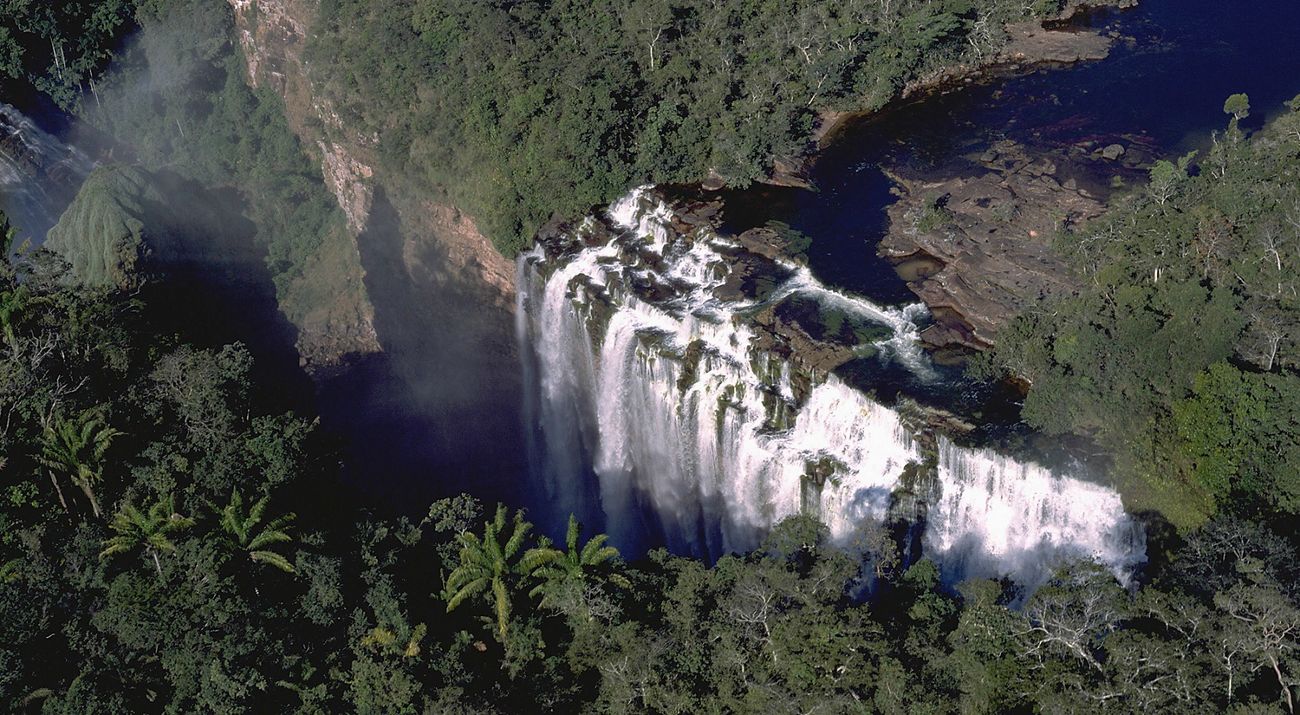Conservation, development and alliances against climate change
The Amazon Rainforest is a key carbon repository with which to fight climate change. The Nature Conservancy has built transversal, international and multilevel alliances to conserve the Amazon and developed innovative financial mechanisms that provide the necessary resources to do so.

Latin America Annual Report
TNC’s work in Latin America is advancing collaborative conservation solutions to address our world’s toughest challenges.
We Can’t Save Nature Without You
Sign up to receive regular updates from The Nature Conservancy.

Noel Kempff Mercado National
Caparu plateau at Noel Kempff Mercado National Park in Bolivia in South America.
©
Hermes Justiniano
